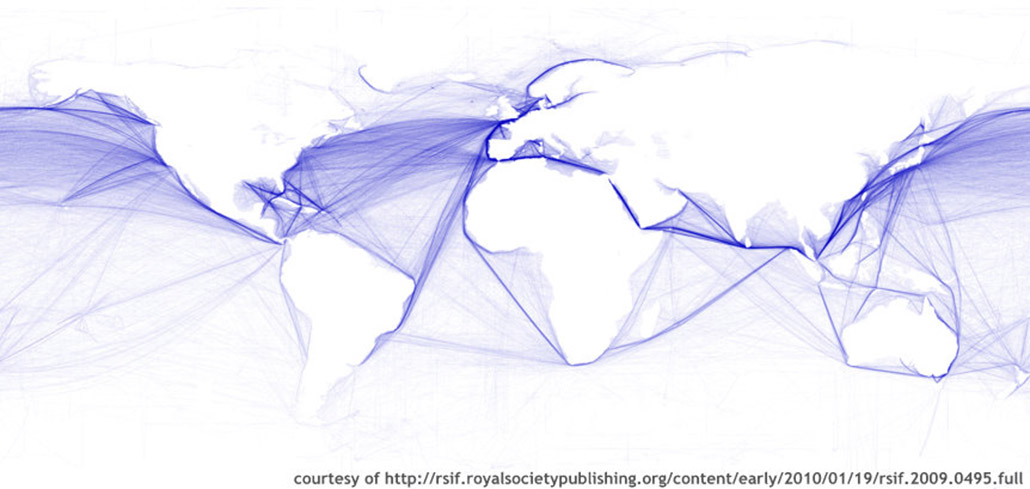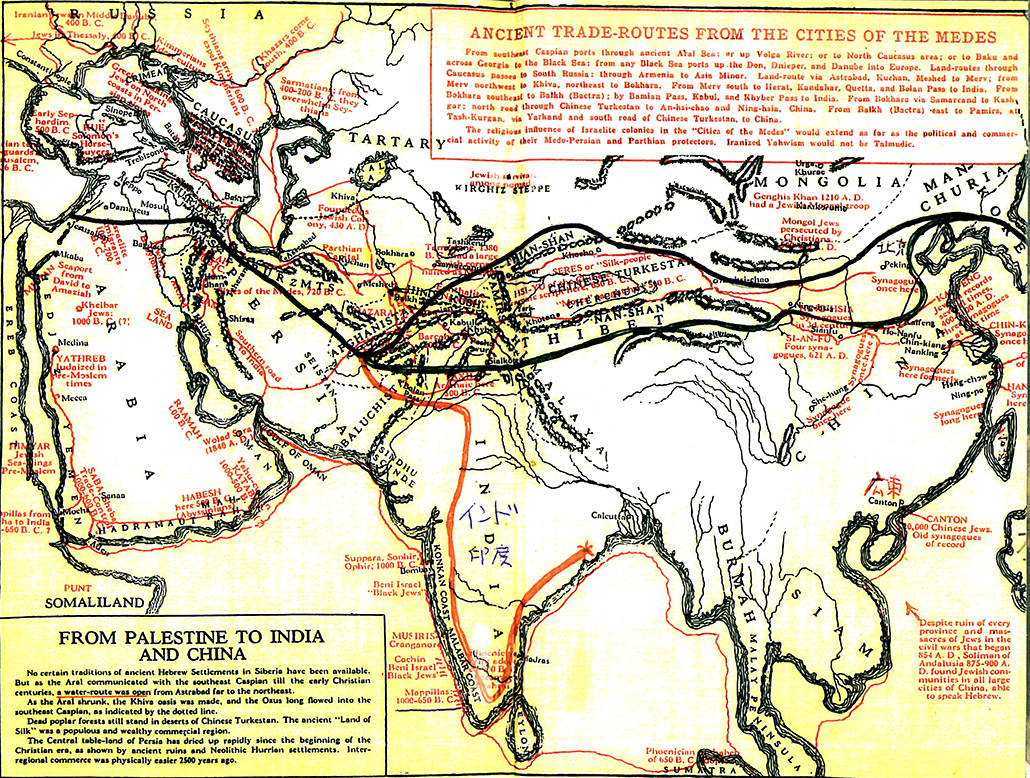Economic Memorandum on Sustainable Development for the PRC
Place: China • Date: 2006 • Partner: World Bank, DRC
Project Summary
This project comprised a workshop for scoping the World Bank’s Country Economic Memorandum for the PRC. Participants included World Bank staff, senior researchers and advisors from the Development Research Center of the State Council of the PRC, and invited international and Chinese policy experts.
The primary areas of discussion were leading sustainable development issues facing China, emergent national and global evidence on opportunities and challenges presented for China’s long term growth, and new methods of economic assessment that can support the government of the PRC in addressing these challenges. After addressing the following three policy areas, a new Social Accounting Matrix (SAM) and dynamic national CGE forecasting model (PANDA) were introduced.
Policy research areas for the CEM:
- Expenditure Shifting
As you know, this is classic application of CGE models. Because they are calibrated to detailed patterns of expenditure and income via the SAM, CGEs can provide deeper insight into the structural adjustments that ensue from shifting demand patterns. In a dynamic framework, there will be three important components of this for China over the next two decades:
- Consumption expenditure – As China’s internal market matures, household demand will shift further toward the tertiary sector, facilitating the economy’s diversification away from agriculture and heavy industry. Dominique’s work already suggests this trend at a relatively aggregate level, and we would like to examine its implications in greater detail for both households and industry. Because of differing initial conditions, rural and urban and poorer and wealthier households will experience difference expenditure transitions. On the industry side, domestic capacity will emerge at varying rates in different sectors, with implications for investment and tax policy, resource use, and employment growth patterns.
- Export demand – External demand has been a primary driver of Chinese economic growth. Although this source of stimulus is expected to decline relative to domestic demand, it will continue to grow in absolute terms and to shift in composition with China’s changing comparative advantage. Because this source of demand will continue to remain important for the foreseeable future, Chinese policy makers need better visibility about its implications for domestic patterns of production and employment. We would like to combine Dominique’s projections of global trade patterns with our own detailed national model to produce scenarios on China’s best domestic policy responses to changing international market opportunities.
- Public Spending – This is the source of demand that Louis mentioned as your original interest for the CEM. While we believe the others are of independent interest, we share your view about the importance of advising the Chinese government about alternatives for shifting government expenditure away from its historical emphasis on infrastructure and industrial capacity. Especially at the present time, when there is widespread concern about unsustainable growth of investment and production capacity, we believe it is important to show the government ways to reduce these pressures. It is of course also useful to evaluate the benefits from investing in alternative activities, particularly those associated with human capital (education) and human services (health care). Again, CGE models are ideally suited to tracing the linkage effects of shifting demand composition. If we can develop information on linkages between new spending and productivity growth, we could also provide detailed evidence about the growth dividends that might result from redirecting public spending toward human capital development.
- Prices and Availability of Essential Resources
Because international and domestic market conditions are changing rapidly and the reform process remains unfinished, China can expect to see substantive long term shifts in the prices and availability of essential resources. As you indicate in the CEM notes, the most prominent of these are energy fuels, land, and water. We agree that all stakeholders, and the Chinese government in particular, needs more insight about how such changes might affect China’s production structure, international competitiveness, and living standards across a diverse population.
- Energy – Scenarios for energy price trends are a standard CGE experiment, tracing the downstream transmission effects of an essential energy resource to the structures of supply, employment, and demand. Coordinating Dominique’s global scenarios with more detailed national analysis with David’s PANDA model would give Chinese policy makers a complete picture of international risk sources and their implications with and without policy response.
- Land – Allocation of this essential resource, between and within the rural and urban sectors, remains complicated by many legal and economic issues. For this and other reasons, it is essential for policy makers to understand the constraints and opportunities posed by alternative land availability scenarios. Subject to data availability, it would be very useful to develop scenarios for policy response to changing land resource conditions. As a classical factor of production, land can be easily incorporated into the DRC model if data can be obtained to support this.
- Water – Water availability and water quality will be increasingly prominent issues in the sustainable growth agenda for China. For this reason, policy makers will need better information about the structural implications of water allocation and water costs to support effective policy reform. Like land, water can be viewed as a classic factor of production and, again, subject to data availability, the DRC model could be used to shed important light on interactions between water policy and the rest of the economy.
To research cases b and c, it would make sense to proceed in two steps. If there is interest in developing this resource research for the CEM, the DRC would first conduct an assessment of data availability. Subject to this, CEM team members can work with us to develop scenarios.
- Tax Reform
As part of its reform process and structural transition, China needs to continually re-examine its fiscal institutions, instruments, and standards. With a long history of application in public finance, CGE models are widely recognized as the preferred tool to study fiscal incidence. In practical terms, they are valuable because the capture detailed linkage effects that determine incidence patterns and efficiency effects. DRC recommended that the Chinese government to develop a menu of tax reforms to be assessed by DRC and international collaborators with the new SAM and PANDA Model. These can be selected in consultation with the CEM team and possibly with other Chinese counterparts, but in any case should probably include a representative set of alternative efficiency reforms (VAT, tax shifting, incentives, etc.) and collection experiments (i.e. cost-benefit analysis of more stringent collection measures). The value of this contribution would be twofold:
1) New insight about reform opportunities;
2) More rigorous data and research standards for fiscal assessment and policy dialogue.
Most Recent Entries

Low Carbon Biomass Conversion in the Sierra Nevada






